“The late afternoon sunlight, warm as oil, sweet as childhood…”
– Stephen King, Carrie
One of the most frequent gardening concerns we hear is about sunlight – and for good reason. It’s arguably one of the most important factors in your garden! Getting sun exposure just right can be the difference between your beloved plants burning up and getting stringy or flourishing all season.
Some plants are easy to match with the right location and exposure, while others seem to dislike anywhere they’re put. Savvy gardeners often end up repeating whatever winning combination they find once they figure out a solution to a tricky area. We’ve got some tips on how to figure out the trick to the problem spots in your yard and how to get your plants to work for you.
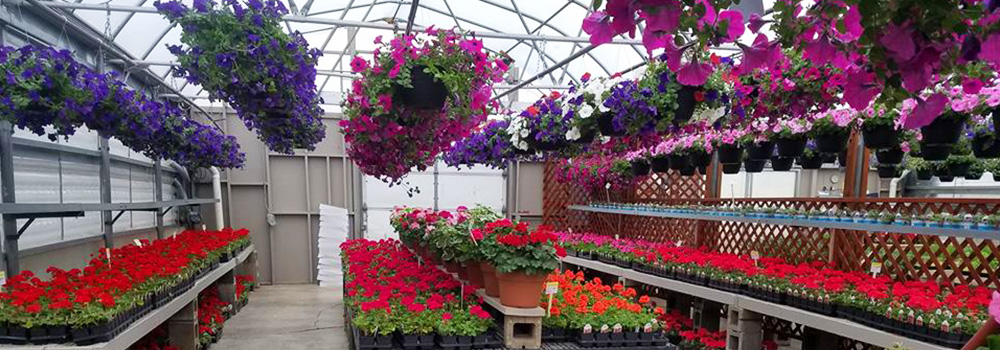
Being Garden Center Savy:
Buying your plants is like visiting the United Nations of Plants. The rows of plants that you browse through this spring could very well be from every corner of the earth. Especially among popular annual and tropical plants, one species from the dense jungles of Columbia could be displayed right next to a plant from the Namibian desert.
Success in your garden starts at the Garden Center and making choices about what plants are the best fit for your garden. We always encourage shopping for plants that capture your eye and imagination. Keeping an eye on basics, like exposure, while shopping will set you up for a healthy and beautiful garden.
Before You Shop:
You can usually rely on plant tags to spell out the exposure basics for each plant. Before you head to the Garden Center, take a look at your yard and garden. Where do you imagine your new plants? Take note: when does the sun shine there? How intense is it? Are there other factors, like reflective siding or a water feature, that could influence the sun exposure?
Between 3 and 5 pm is when the most intense sunlight will be shining on your yard. Outside these afternoon hours, the sun is less intense and you have a bit more flexibility with what you plant.
All plants love the sun and need it to survive – it’s the intensity you need to mindful of. Some plants can tolerate full sun exposures in areas with extremely high humidity, as the moisture helps to cut the intensity of the sun’s rays. In our comparatively dry summers, sunshine in the afternoon can affect plants at a much higher level.
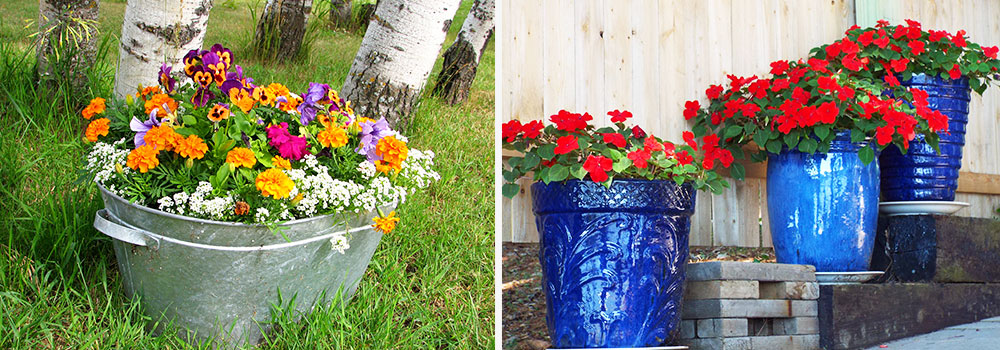
Full Shade:
If a plant requires full shade, you’ll need to find a spot for it that provides ample shelter. Many of these plants are usually from tropical regions where the only sunlight they see is filtered through layers of jungle canopy.
Try to find a spot for your full-shade plants, like Begonias and Impatiens, that balances shade and air circulation. It can be tricky to find both in a location, but stagnant air could be an invitation for mildew to set in.
Partial Sun:
The ideal location for a partial-sun lover is somewhere with morning exposure. These plants will still need a few hours of sunshine to grow their best, but won’t be able to tolerate intense afternoon sun rays. The morning exposure gets the best of both, with ample sunlight in the morning when the exposure isn’t as harsh.
Dappled afternoon light – such as under a tree – works well, too. Planting your partial-sun plants on the North side of bigger, sun-loving plants is a good way to take advantage of some built-in shade.
Your plants will let you know if they are happy with a spot or not. In any location, keep an eye on your plants for yellowing leaves, which is a common sign of burning. Stretching or pale leaves could show that your plant isn’t getting enough sun.
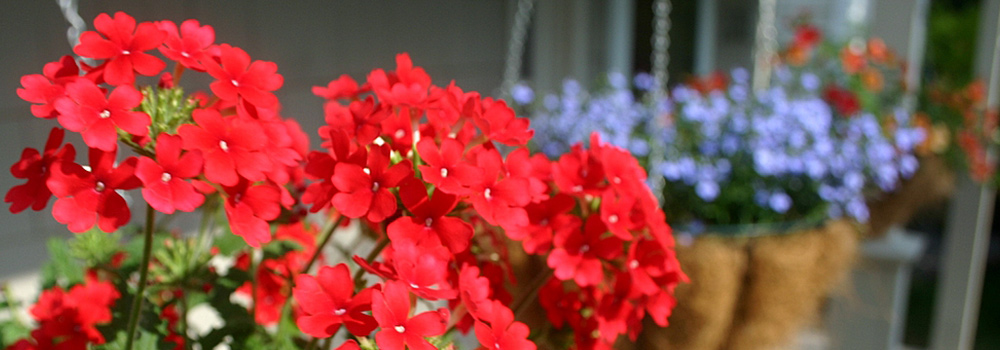
Full Sun:
Plants that call for full sun exposure will need at least six hours of good sunlight to be at their best. Less light than this could result in a less compact and paler plant that doesn’t maintain its original, healthy look.
Many full-sun plants are adapted to arid conditions and are drought tolerant. These are a great choice for a South-facing deck or patio, or underneath white siding that reflects sun onto them. These locations have extreme exposure and should have a sun-loving plant to match them.
Most of the high-octane annuals that are on the market these days, like Supertunias and Verbenas, want full sun exposure. They use the constant energy from the sun and ample fertilizing to put on their beautiful summer shows. We recommend Fertilome Blooming & Rooting Soluble Plant Food as a go-to fertilizer for containers, it’s available at the Garden Center.
The first step towards a healthy and lower-maintenance garden is planting according to sun exposure. You’ll have better-looking plants without fighting against the elements. Pair the plants you love with the right spot in your yard and they will dazzle you all season!


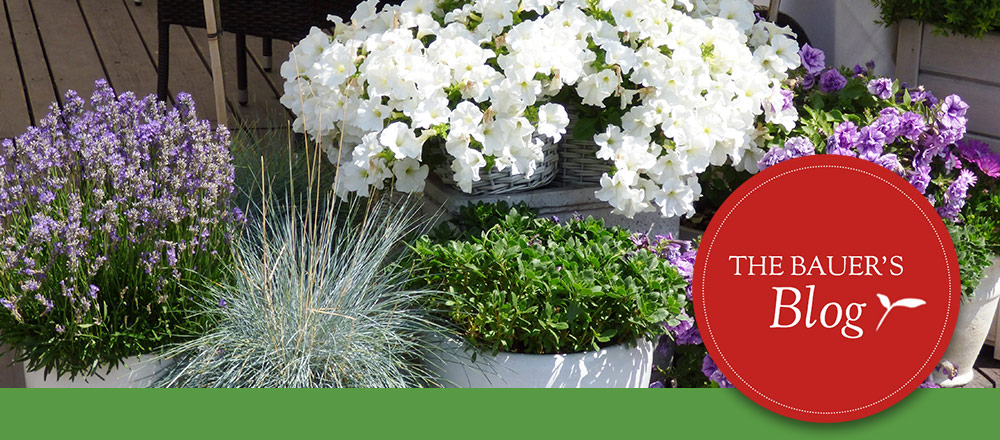



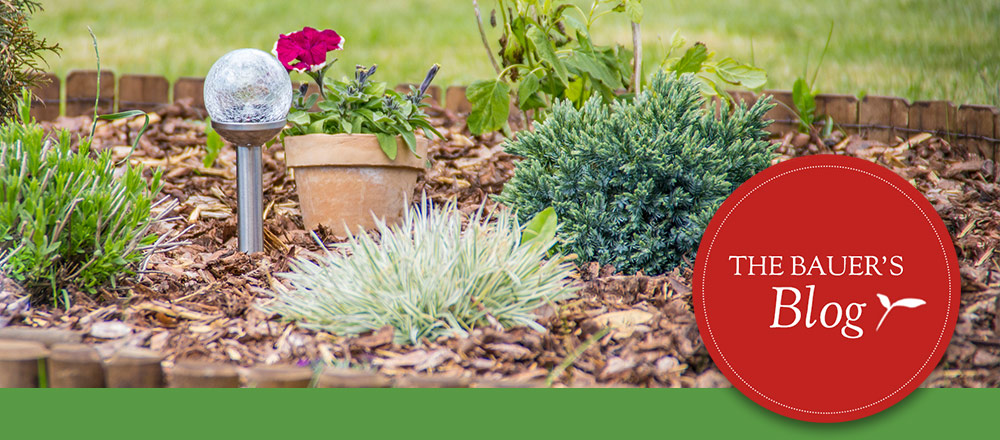
Leave A Comment